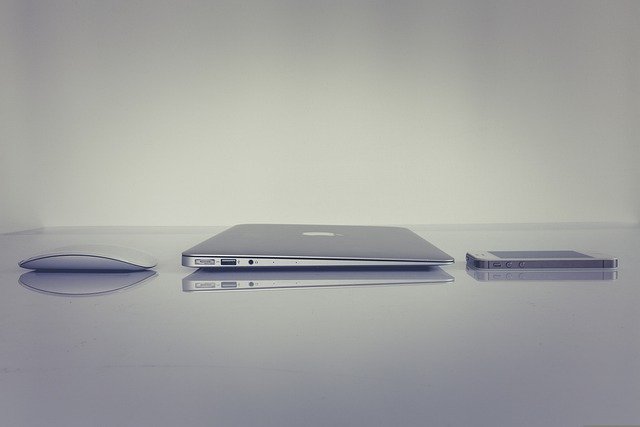Despite built-in trackpads, it is still common to see MacBook owners using a computer mouse. MacBooks offer mouse customization options and figuring out how to change cursor on Mac computers or how to highlight it is pretty straightforward.
Having said that, after you pair your MacBook with a computer mouse, you might run into performance issues.

If your MacBook mouse is lagging, there are a few potential causes. It could be a problem with your trackpad, your mouse itself, or even your Mac’s settings. Luckily, there are a few things you can try to fix the issue.
Also Read:
Toggling Bluetooth
One possibility behind the MacBook mouse lagging is that your Bluetooth connection is weak. Another is that there’s something interfering with the signal, such as other devices in the area.
You should try to toggle the Bluetooth connection on and off. To do this:
- Go to the System Preferences menu and click on the “Bluetooth” icon.
- Select the “Turn Bluetooth Off” option.
- After a few seconds, turn it back on again.
If your mouse is still lagging, try moving it closer to your MacBook. If that doesn’t work, you can try restarting your computer. Sometimes, a simple reboot can fix minor issues.
Using USB Dongle
Another way to fix MacBook mouse lag is to use a USB dongle instead of Bluetooth. This can help because it eliminates the potential for interference from other devices that might be using the same Bluetooth frequency.
Additionally, using a wired connection can sometimes provide a more stable and responsive connection than wireless options.
Closing Resource-Hogs
Closing any resource-hogging apps that might be open is also a possible method to fix mouse lag on a MacBook.
To do this, first, click on the Apple logo in the top left corner of your screen and then select “Force Quit.” A list of all open apps will appear; take a look at the “Force Quit” column to see which ones are using up the most resources. Click on the app you want to close and then click the “Force Quit” button.
Unpairing and Pairing the Mouse Again
Try to unpair and pair the mouse again. Go to System Preferences, then Bluetooth. Select the mouse from the Devices list and click the “-” button to remove it.
Once it’s removed, restart your computer and then add the mouse back in by clicking the “+” button.
Charging the Battery
Ensure that the mouse’s battery is properly charged. If the battery is low, it can cause the mouse to lag. To check the charge level of the battery, simply look at the LED indicator on the bottom of the mouse.
If it is green, then the battery is fully charged. If it is red, then the battery is low and needs to be charged.
Cleaning the Optimal Sensor
You can also fix the MacBook mouse lag by cleaning the optical sensor on the bottom of the mouse.
Over time, dust and dirt can build up on the sensor, which can cause the mouse to lag. To clean the sensor, simply use a cotton swab dipped in alcohol. Gently wipe the sensor until it is free of dust and dirt.
Updating the Mouse Firmware
Updating the mouse firmware is a worthwhile solution as well. To update the firmware, first, connect the mouse to the computer. Then open the System Preferences and click on the Mouse icon. In the Mouse pane, click on the Update Driver button.
This will open a dialog box that will allow you to select the updated driver for your mouse.
Once you have selected the updated driver, click on the Install button. The process of updating the mouse firmware should now be complete. If you are still experiencing lag, there are a few other things that you can try.

Adjusting the Tracking Speed
There are several methods that you can use to adjust the tracking speed of your MacBook mouse. The most common way is to use the System Preferences. You can also use a third-party application, such as USB Overdrive.
In the System Preferences, click on the Mouse icon. In the Mouse pane, there is a slider labeled “Tracking Speed.” You can slide this to the left or right to adjust the tracking speed. The faster the setting, the more sensitive your mouse will be.
If you want even more control over your mouse’s tracking speed, you can use a third-party application like USB Overdrive. This application lets you set different levels of sensitivity for different applications.
For example, you could have your mouse move more slowly in a word processing program but move quickly in a game.
Read Also:
- Gaming Features Aren’t Available For The Windows Desktop
- G.O.P. Cements Hold On Legislatures in Battleground States
- This Is Created By Placing Different Textural Surfaces Together
Resetting NVRAM
You can also try resetting your NVRAM. To do this, simply turn off your MacBook and then turn it back on while holding down the Option, Command, P, and R keys simultaneously.
Keep holding these keys until you hear the startup chime two more times. This should reset your NVRAM and hopefully fix the mouse lag issue.


















